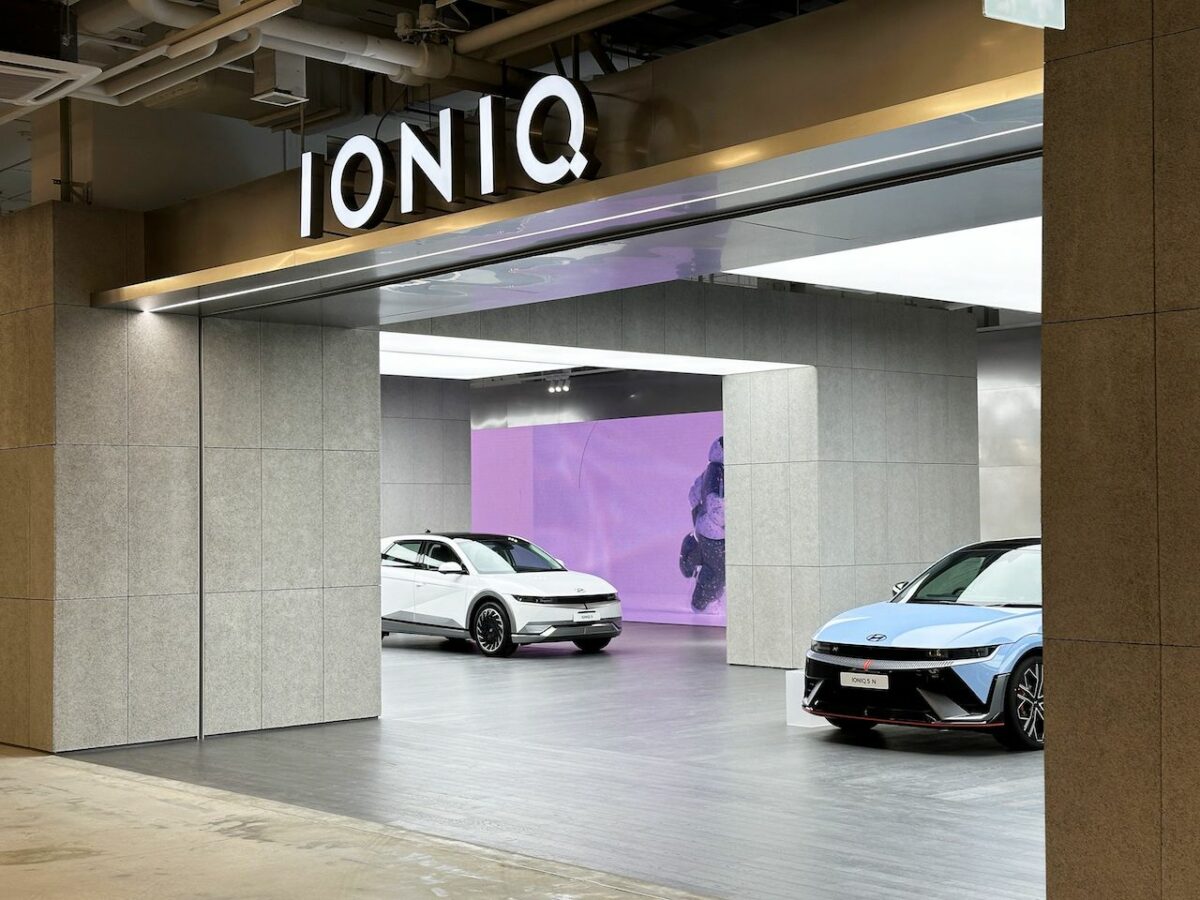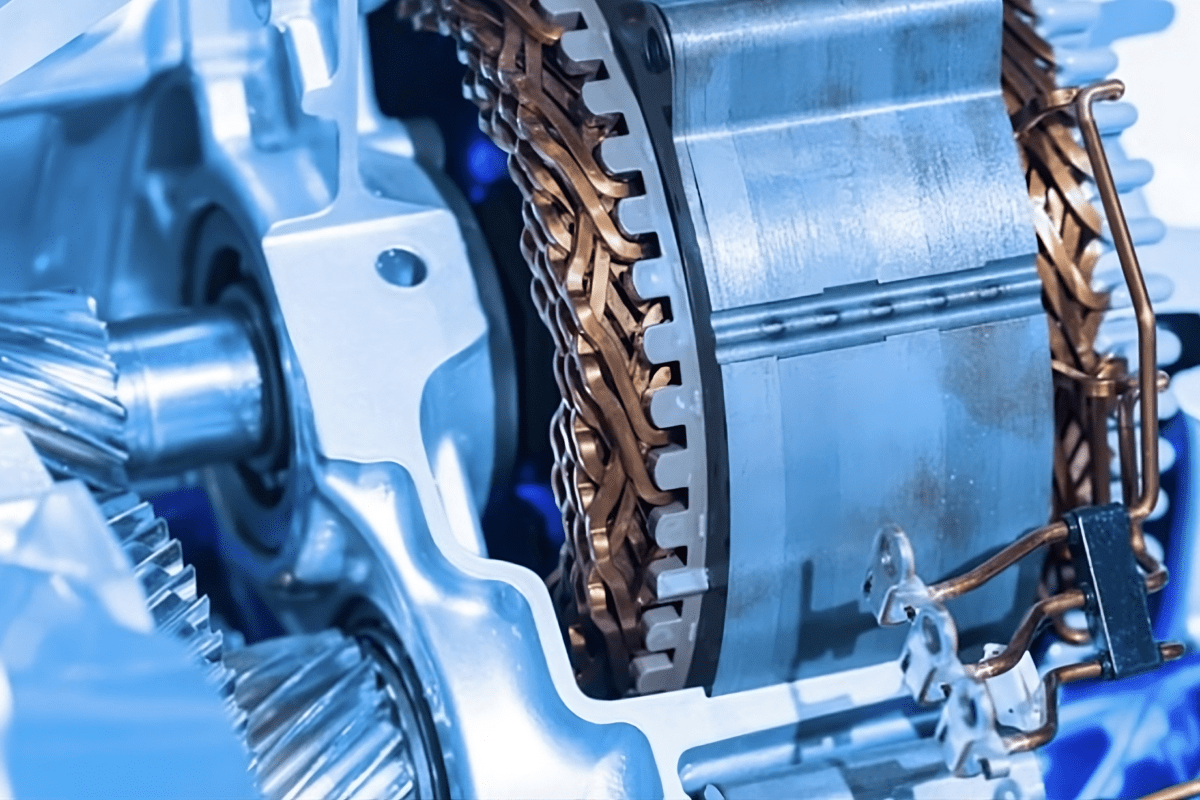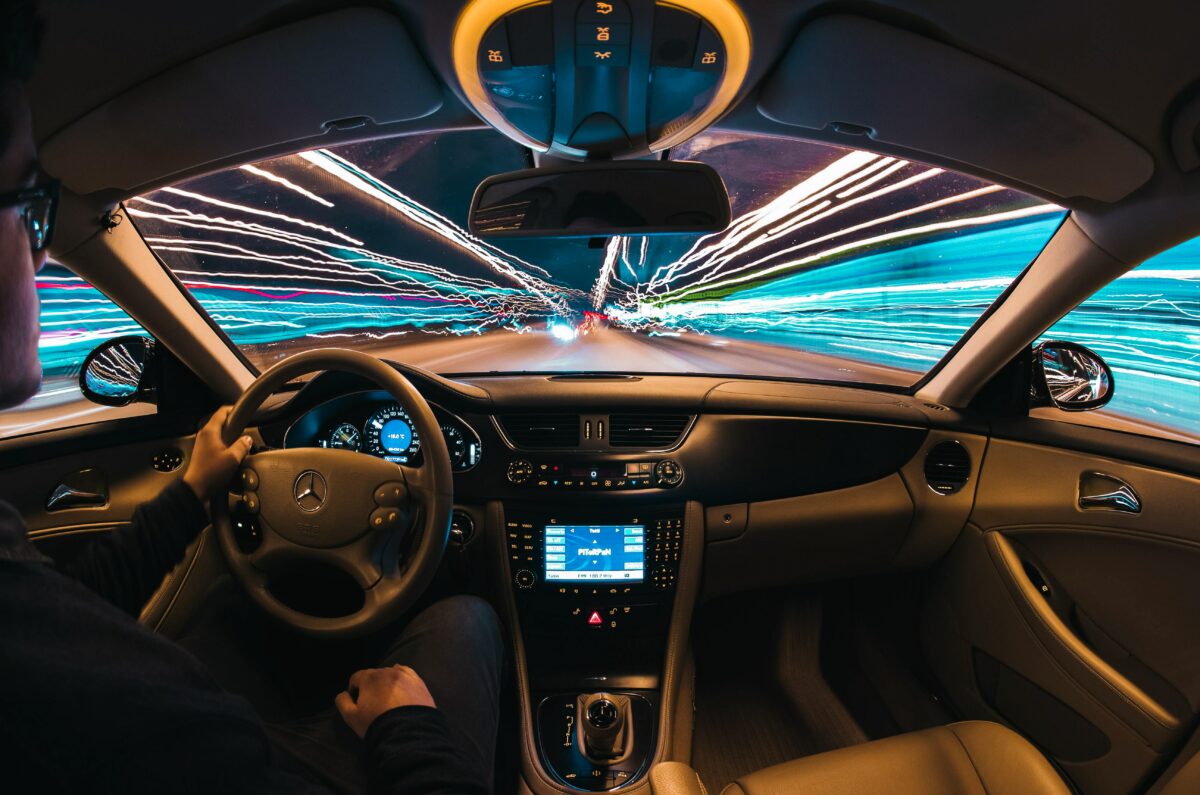It is summer 2019, and you are enjoying an afternoon with your friends around a campfire in the woods. The day starts well, when a sudden gust of wind fans the flames onto a patch of dry grass, which rapidly blazes towards the edge of the clearing and into the nearby forest. In a desperate attempt to halt the fire, you grab the glass of precious champagne next to you and throw it onto the flames with little effect. In this situation, one can immediately see there are probably a few things that could have been done differently.
In the field of vehicular emissions, some things could also have been better anticipated. The European Commission’s Joint Research Centre (JRC) recently presented new analysis of real-driving emissions (RDE) from publicly available sources. Among other things, they looked at harmful carbon monoxide (CO) emissions, for which there is currently no on-road limit.
The JRC found that certain spark-ignition (e.g. gasoline) vehicles emit several times the laboratory Euro 6 CO limit of 1 gram per kilometer, which is twice the compression-ignition (e.g. diesel) vehicle limit. Vehicles equipped with 1.6-liter or smaller engines tended to emit more CO, with one vehicle emitting as much as 10 times the Euro 6 limit when tested on the motorway. Are these results surprising?
Not really. The culprit is fuel enrichment, a strategy commonly used to boost performance and prevent engine damage from hot exhaust gases. During high power demand, combustion and the exhaust are cooled by deliberately throwing precious fuel (as opposed to champagne) onto the flames. Although this strategy can be permissible under current regulations, the process presents further engineering issues and results in increased CO emissions, which are a precursor of tropospheric ozone formation that contributes to global air pollution, and are harmful to human health.
The figure below shows an example of elevated CO emissions from a 2016 Citroën C3 1.2L dual fuel (gasoline-liquid petroleum gas) tested over the RDE during a 75 km long section of rural and motorway driving. The bulk of emissions occurred during uphill driving and acceleration events (with up to 1.4 gram of CO per second), coinciding with the highest power demand.
Please click here to view the full press release.
SOURCE: ICCT



